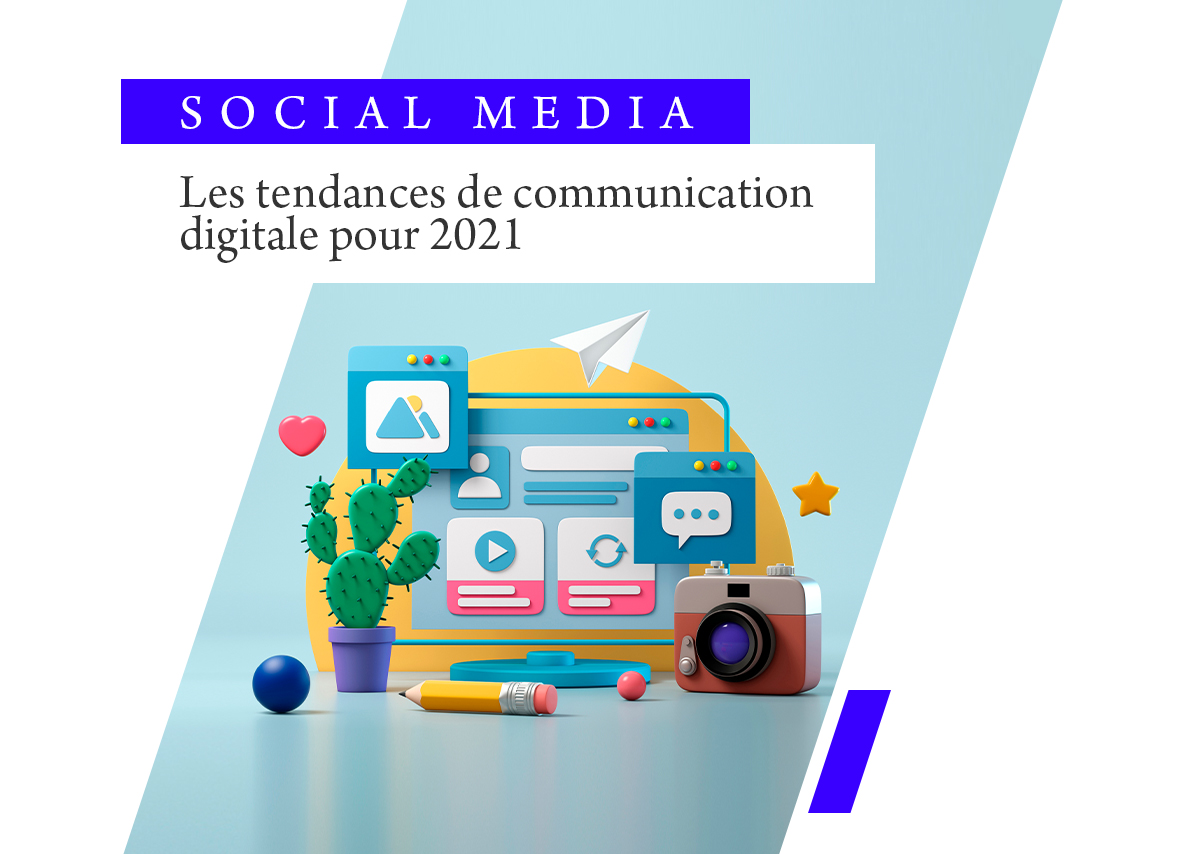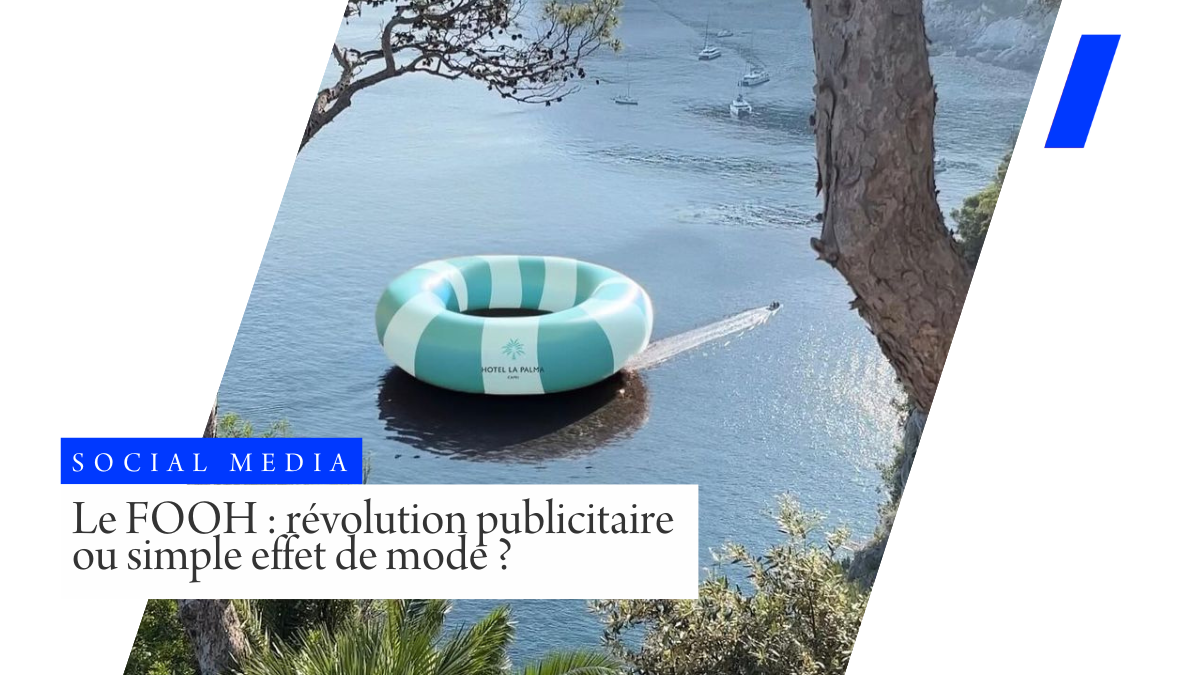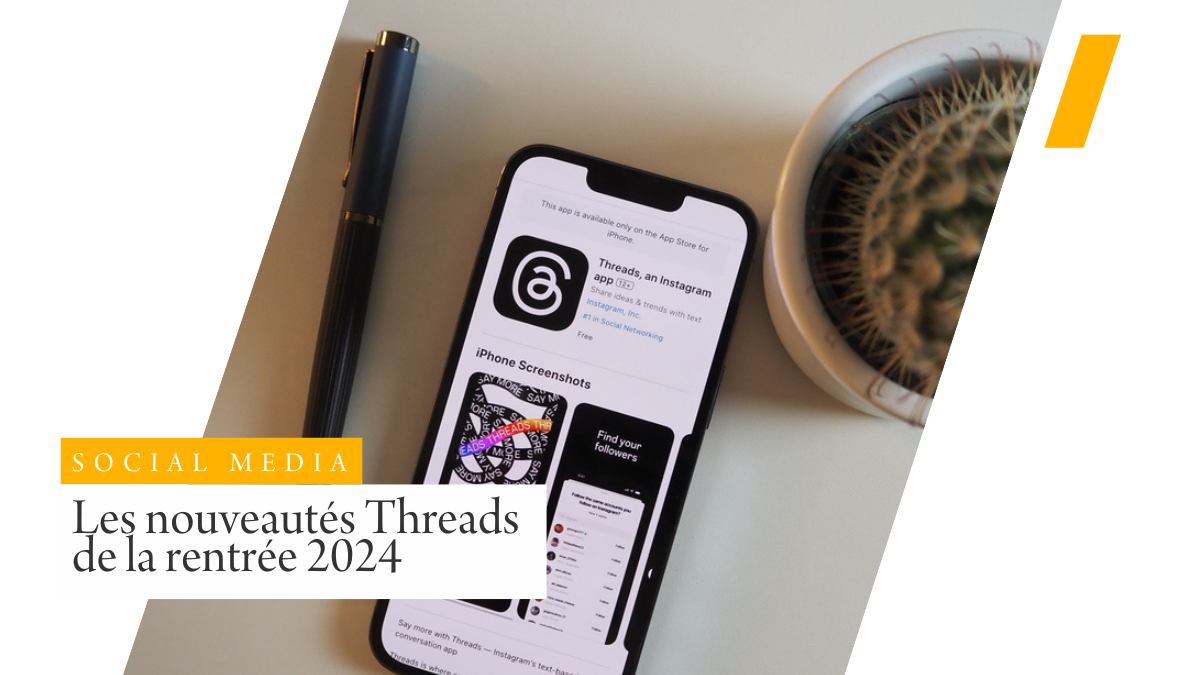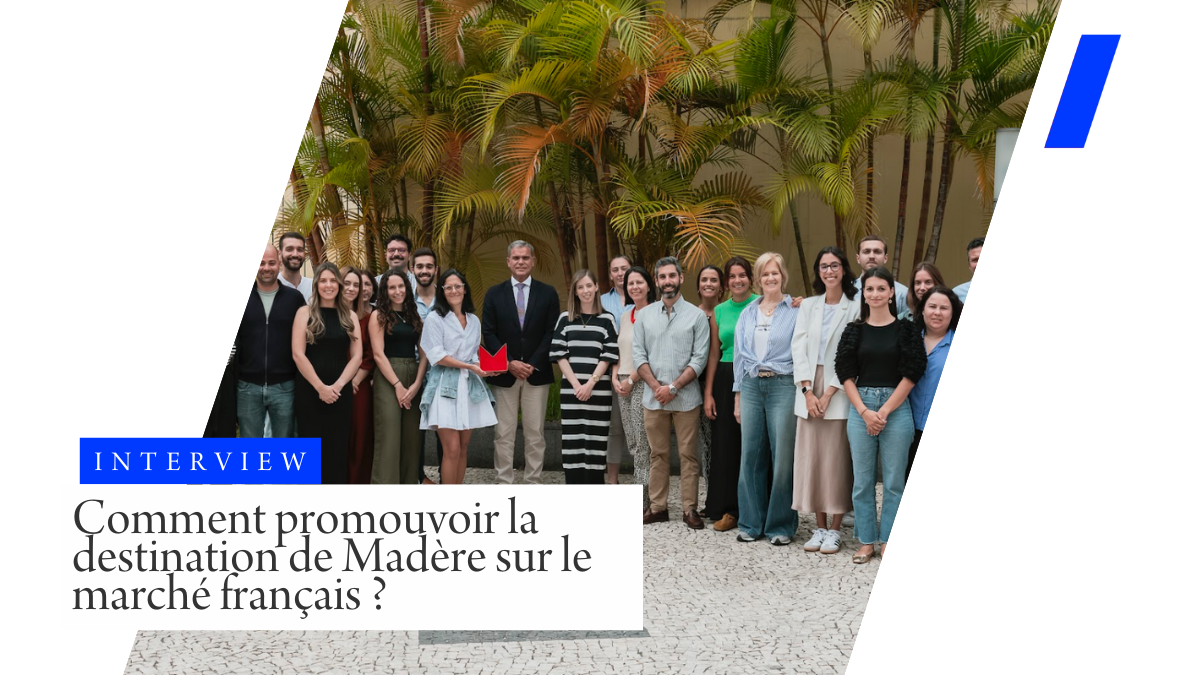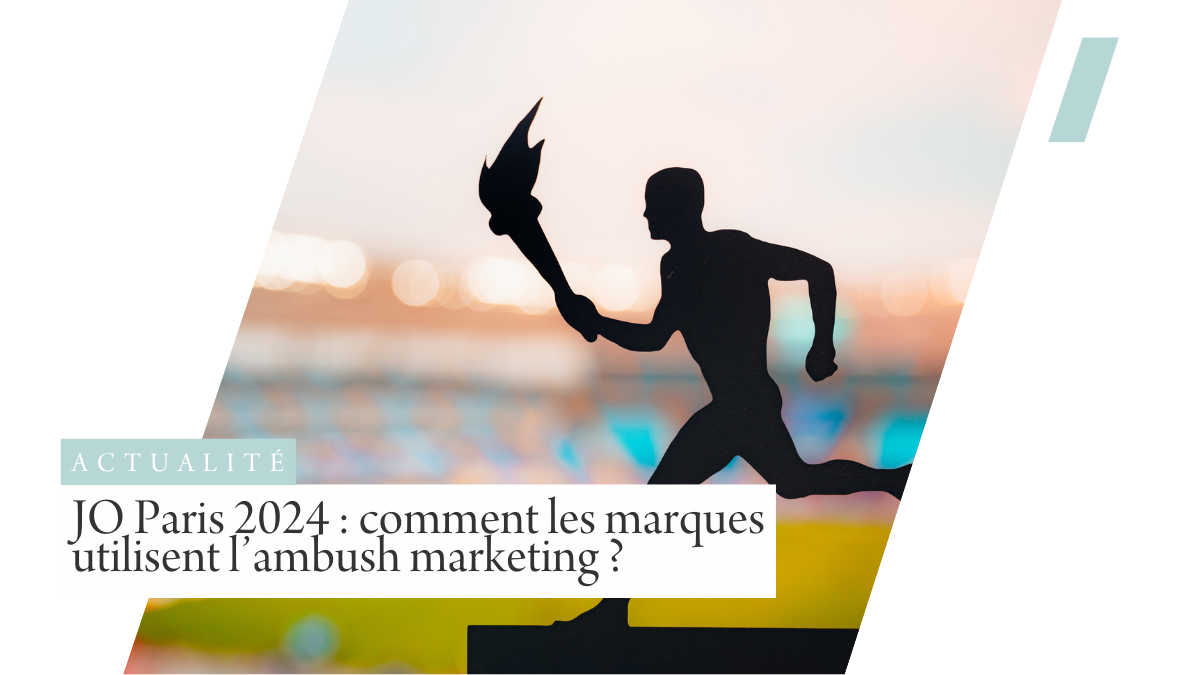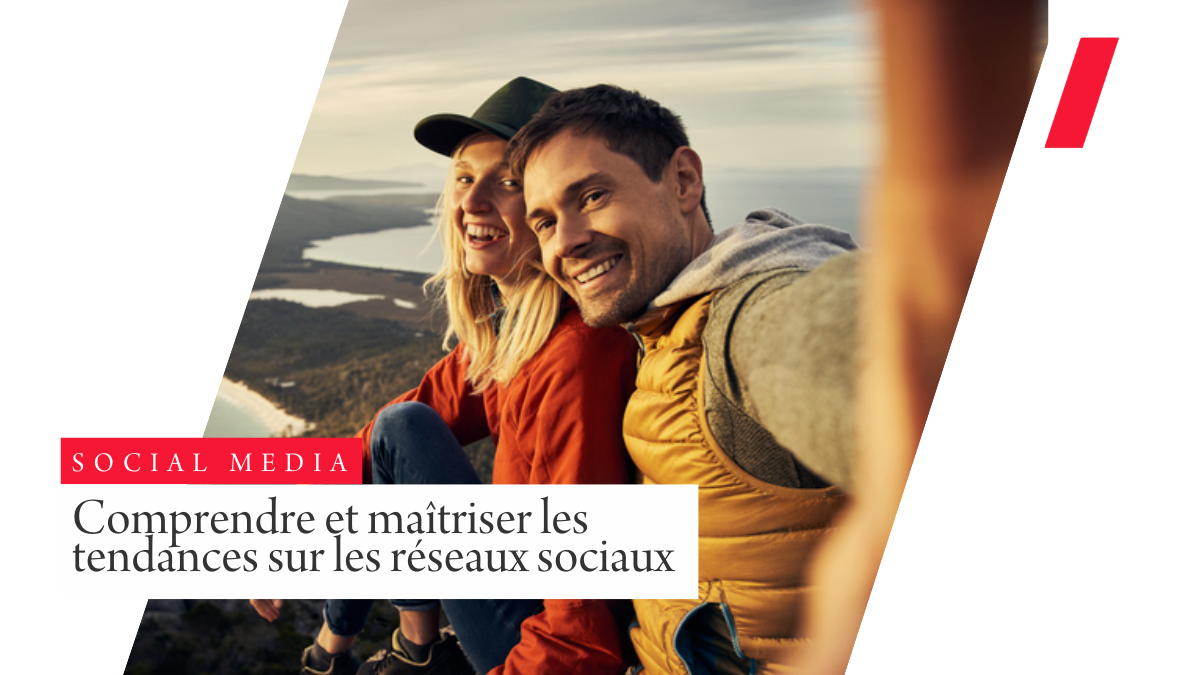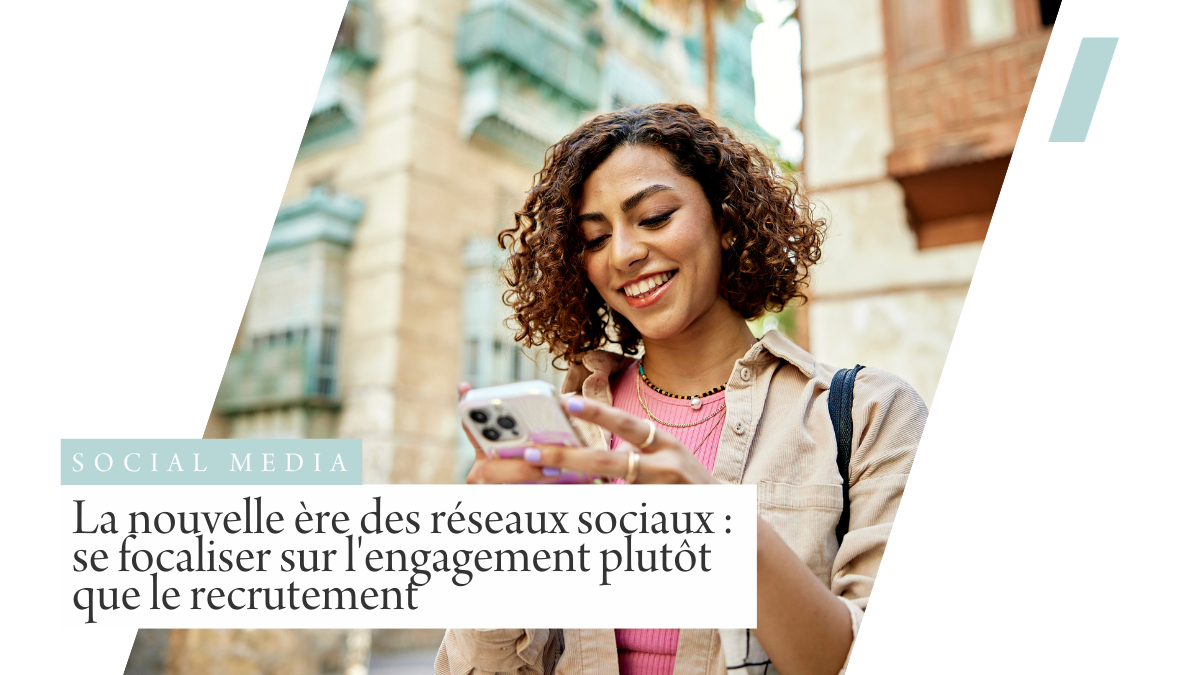2020 was a year full of twists and turns in the face of the Covid-19 crisis, which turned our lives and our means of communication upside down.
2021 is now here, and we can say that the health crisis has given digital a boost.
Indeed, we’ve seen GAFA’s share price soar, Zoom’s quintuple and, of course, the use of social networks explode.
Last June, we carried out a survey of a panel of 600 travelers and tourism professionals on theuse of social networks by the French during the first period of confinement.
The figures that emerged highlighted not only the importance of social networks in our personal lives today, but also their importance to the tourism industry.
As a digital tourism communications agency, it’s our duty to take a step back and analyze the impact of the year 2020 for the coming months in terms of digital communications, in order to best guide our customers in their strategies.
Without further ado, here are the trends to position yourself on and keep an eye on in the new year:
1. Influencers and brands: building lasting relationships
Covid-19 played a decisive role in shaping the place of the influencer in our society.
Throughout the year, unlike traditional media, which saw their revenues plummet, influencers saw their status gain credibility by creating relevant content that responded perfectly to today’s social issues.
They have become true information relays for their audiences, while continuing to entertain them.
Hugo Décrypte, for example, relays the week’s news in 10-minute videos on his YouTube channel.
Another striking example is our Government, which has created a campaign to raise awareness of barrier gestures, using the Youtube star EnjoyPhoenix to reach a younger audience – one that doesn’t necessarily watch the news on TV, but rather on social networks.
Influencers are positioning themselves alongside traditional media, who no longer hesitate to share their initiatives.
The difference?
The power to prescribe, by speaking in the first person singular and not simply sharing information, but by raising their voices and putting themselves on stage.
Although today’s influencers have a very benevolent approach, they can also be the whistle-blowers of a potential crisis on certain subjects.
For brands, and tourism professionals in particular, it’s now essential to establish lasting relationships with influencers, and to think of influencer relations as media relations, as a unified but differentiated strategy.
Press relations are a profession in their own right, just like influencer relations.
2. Take into account all social networks to control your e-reputation
Today’s social networks are places of entertainment and information research, but they can also be privileged places for Internet users to express their dissatisfaction.
The year 2020 showed us that, in addition to Facebook and Twitter, which were the two preferred networks for the French to express discontent, we will need to focus in future on a global strategy and not forget Instagram and TikTok, which have seen their number of registrations grow significantly.
The latter two have long been considered smooth, even sanitized places, where a brand’s reputation is at little risk.
The Covid crisis has shown us that Internet users have changed their habits.
Crisis communications on social networks can therefore be born and spread today on all social networks, including Instagram and TikTok.
Take the example of the Puy du Fou, which was singled out by journalist Hugo Clément in an Instagram video.
The action was first decried in a post on Instagram, then taken up on Twitter several days later and by other influencers on different networks.
Another example, this time from TikTok, which gave voice to the “Black Lives Matter” movement to denounce racism and police violence, with over 3.5 million videos published and 23 billion cumulative views(source VisiBrain).
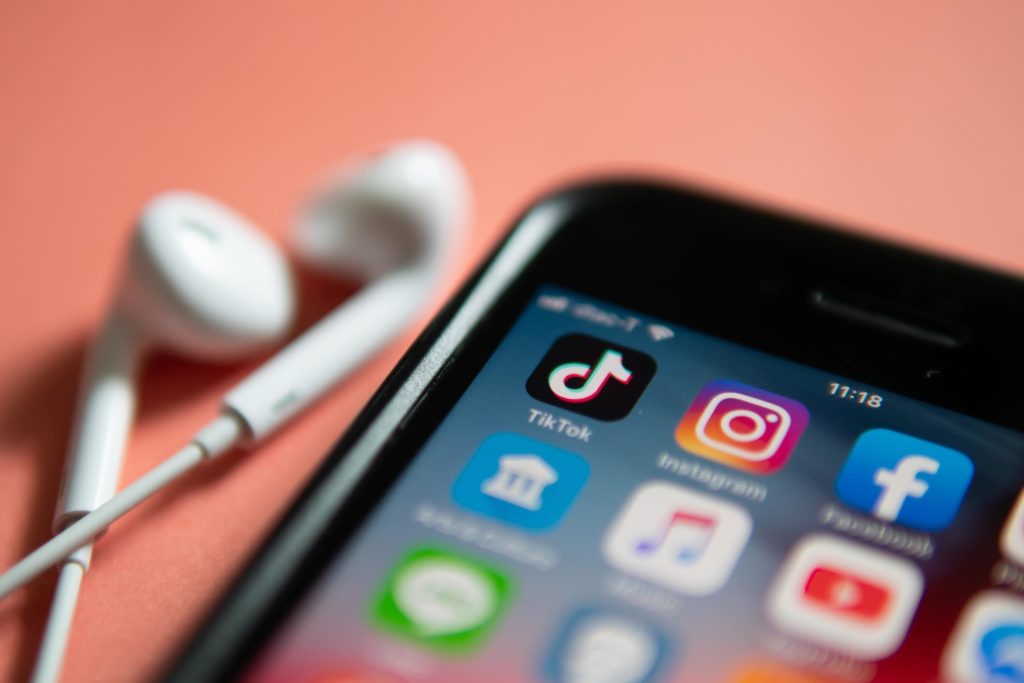
Social networks of all kinds – Twitter, Facebook, Instagram, TikTok and Youtube – are not just a means of entertainment, but are also used by Internet users to express their grievances and debate fundamental issues.
Users no longer hesitate to talk about brands on these channels, or even to challenge them directly, which obviously raises the question of reputational risk.
For 2021, you need to take this global ecosystem into account, and not neglect networks where you are not present.
Daily monitoring of your e-reputation is essential to prevent crisis phenomena and detect weak signals early on.
3. Harnessing the power of snack-video and remixing
Back in 2020, we dedicated an article to the importance of video in your content strategy for better viralization.
In 2021, video is still a trend, occupying a central place on the web.
Indeed, video helps to enhance brand image and create engagement, while remaining easy-to-consume content.
The explosion of TikTok and the development of Reels on Instagram confirm this trend, where in 2021 web users will want to consume videos that are simple to consume and make, short and to the point.
In terms of tourism, over the year 2020, the most viewed video on TikTok is a 20-second tour of the Château de Versailles, with over 202.5K views.
@chateaudeversaillesTheChâteau de Versailles tour in 20s ##lumieresur ##foryou ##tiktokacademie ##chateaudeversailles♬Immortal Beloved (Instrumental) – BLVKSHP
Of course, the snack-video format is set for 2021, but don’t forget content, where a real strategy needs to be put in place with carefully crafted storytelling to stand out from your competitors and create a place for yourself on social networks.
In terms of content, 2021 will also be marked by “remixing”, i.e. “the art of recreating existing formats, models or concepts to express one’s own personality or ideas”.
This concept is an integral part of new social networks such as TikTok or Reels (Instagram), and enables brands to encourage consumers to appropriate their products or services by providing them with filters, stickers or whatever… By appropriating this content, consumers immediately become brand ambassadors.
But beware: the emancipation of this format can be a two-way street, as the ease with which anyone can create content can lead to uncalculated expressions.
4. Continue to invest in social ads
According to the latest SocialBakers study, advertising spending on social networks exploded in the last quarter of 2020.
Indeed, in a context of health crisis where online purchasing is favored, it is now essential to be present on social networks, which represent a genuine source of return on investment.
A year-on-year comparison shows that advertising spend rose by 27.6% between Q3 2019 and Q3 2020.
Brands have realized that having an organic presence is no longer enough, especially in the tourism sector, which represents one of the hottest topics on these channels.

If today’s brands want to be visible and have an ROI on their social media presence, it’s essential to allocate a dedicated advertising budget to social networks.
A strategy must obviously be established and advertising objectives defined: community growth, engagement, coverage, conversion…
And let’s not forget editorial and visual content, which account for over 70% of your ad’s success.
5. Adopt a strong, committed positioning
Mental health, equality, politics, education, finance, changing food trends – these are all topics that proliferate on social networks.
In the eyes of generations Z and Alpha, who use social networks to generate attention, these topics are of fundamental importance.
The COVID-19 health crisis also had a strong impact on Generation Z, where 50% of them either lost a job or saw one of their household members made redundant as a result of the pandemic.
Over the next few years, these generations will have even more to fight for, and may well raise their voices to denounce the issues that matter to them.
Faced with the explosion of these themes on social networks, many brands have taken a stand to defend their convictions by sharing engaged content.
In 2021, open dialogues will be the order of the day, with brands welcoming the interactions and opinions of their audiences.
But expressing an opinion won’t be enough.
Brands will have to back up their thoughts with strong gestures and align their brand message with concrete actions, as H&M did, for example, by donating $500,000 to associations fighting racism in the United States.
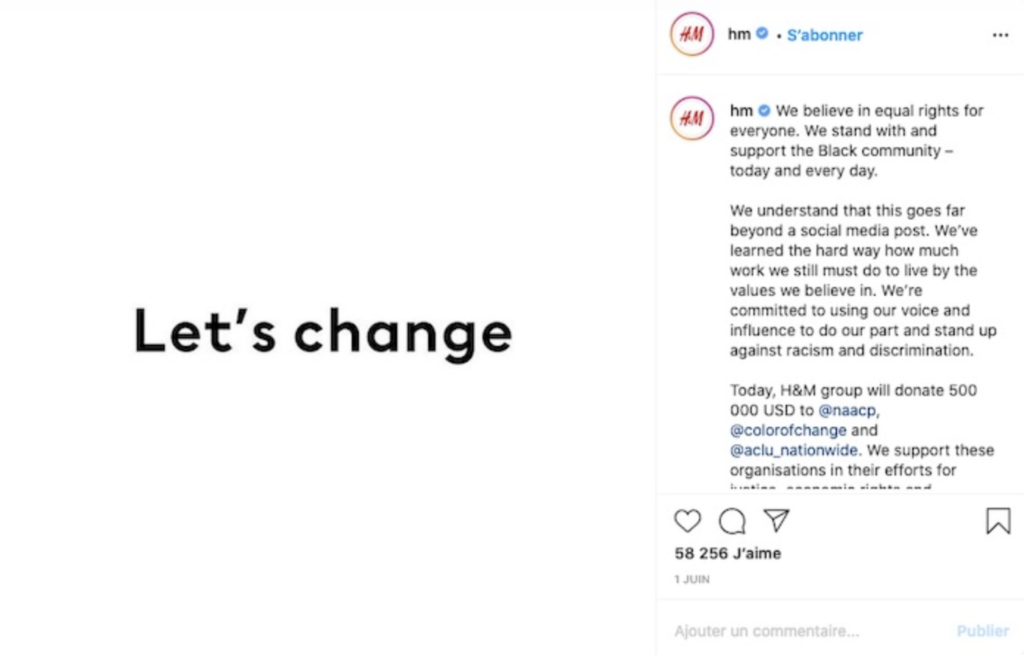
2020 has seen an acceleration in the digitalization of the world, amplifying the phenomena of good and bad buzz.
Today, everything happens on the web, where a brand’s reputation becomes its reputation.
In the New Year, let’s not forget that society is in crisis on a global scale, and ignorance will no longer be accepted.
Brands will therefore need to adapt their digital communications strategy by taking into account the challenges facing society, implementing concrete and responsible actions, and adopting the trends we’ve just presented.
The anxiety-inducing climate and society as a whole are tending to push the boundaries.
Brands that innovate in both form and content will be rewarded.
